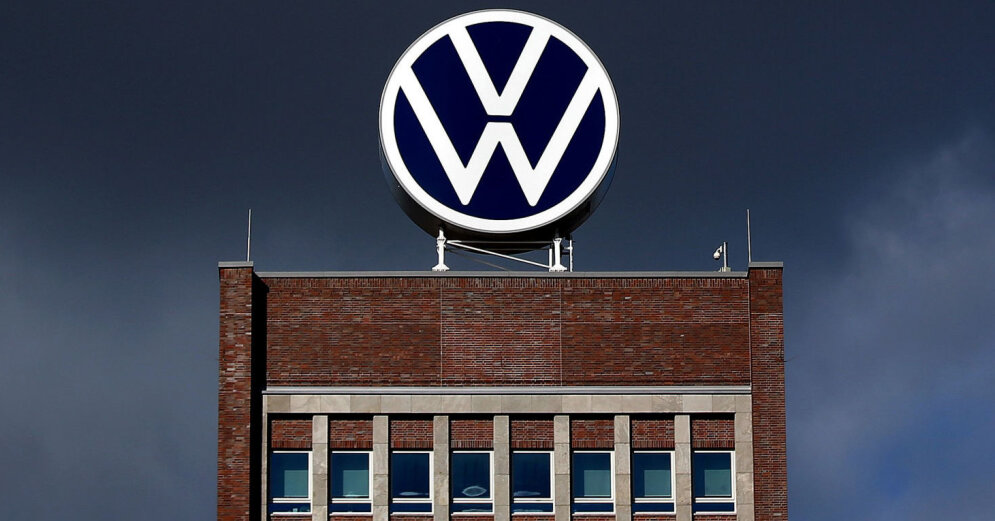The Euribor has no roof. The indicator to which most variable rate mortgages in Spain refer continues to break record after record. Its new milestone was marked this Friday, reaching 2.5%, a level that had not been touched since January 2009, after the central bank rate revisions in recent days. With this new wave, the provisional average for September stood at 2.13%, well above the 1.25% with which it closed the month of August.
At the current pace, the predictable thing is that the Euribor exceeds on average 2% at the close of the month, which will result in a historical increase in the price of variable mortgages which will be revised taking the September level as a reference, given that the same month last year the indicator closed at around -0.5%. Taking as reference the provisional average for September, 2.13%, A home loan of 180,000 euros in 25 years with a spread of 1% and annual review will go from paying a fee of 639 euros to that of 865 euros, 226 euros more each month, which is equivalent to 2,719 euros more per year .
Will the Euribor hit a roof?
According to HelpMyCash, this index could close the year with a value close to 3%, which will make the rates of current variable mortgages even more onerous. Most affected will be customers audited in January, who are currently charged a Euribor rate of -0.502% and whose interest will increase by 3.5 points after the contract update.
If he Euribor closes the year at 3%, a subject with an average loan of 150,000 euros over 25 years and an interest rate equal to Euribor plus 1% who must review their contract with the December value will suffer an increase in the installment of about 50%, al Go from paying 532 euros per month to 792 euros (the increase will be around 3,120 euros per year).
The indicator anticipates upcoming rate hikes
Rate hikes have spread around the world to curb inflation. In Europe, the Euribor not only rose due to the two rate hikes approved by the European Central Bank (ECB), but it also seems to anticipate those to come. Specifically, the third consecutive hike in interest rates of 75 basis points approved by the US Federal Reserve on Wednesday could be a preview of what will happen in Europe in the coming months, they point out from HelpMyCash. With rates located in a target range of 3% to 3.25%, the United States recorded the highest price of money since January 2008, just months before that year’s crisis was unleashed with the Bear bankruptcies. Sterns and Lehman Brothers.
“For the first time in many years, the US and Europe have the same problem at the same time: the runaway inflation they have to fight. They both used the same tool, interest rates. Here because It will come as no surprise that if the US raises interest rates today, the ECB will follow in its footsteps and raise rates to 0.75% this October. especially if the latest inflation figures for September are still high, ”said the co-founder of the financial comparator, Olivia Feldman.
Following the Fed, the Swiss central bank abandoned negative rates on Thursday after raising its policy rate by 75 basis points to 0.5%, while the Bank of England raised rates by 50 basis points, up to 2. , 25%, in line with estimates. For its part, the Bank of Japan has decided to keep the country’s interest rates at -0.1%, the same rate it has maintained since January 2016, when it entered negative territory for the first time in its history, thus taking the distances from other major central banks.
–
/cloudfront-eu-central-1.images.arcpublishing.com/larazon/RKVDHBKKWNBKPK5XWJ5QIMQDNI.jpg)

